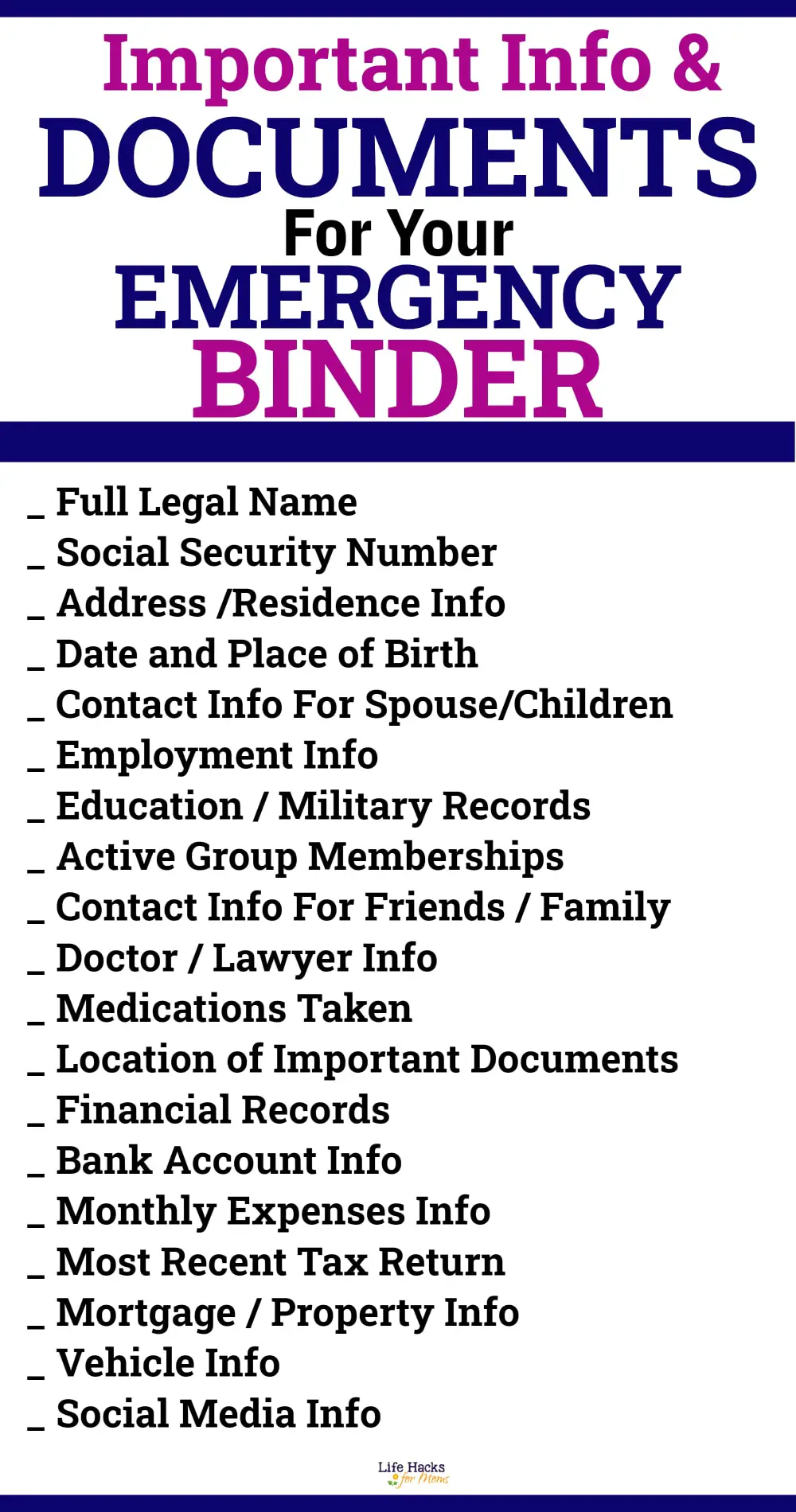7 Key Tips on Keeping Chapter 11 Documents

Chapter 11 bankruptcy can be a complex process for businesses facing financial distress. It provides a framework for restructuring, where companies can continue operations while reorganizing debts and contracts. However, the effectiveness of this restructuring largely hinges on the meticulous preparation and organization of all required documents. Here are seven key tips to ensure that your Chapter 11 documents are properly compiled and managed.
1. Understand the Required Documents

Before delving into preparation, familiarize yourself with the list of documents needed for a Chapter 11 bankruptcy filing:
- Petition: The initial document filed to start the bankruptcy process.
- List of Creditors: Detailed with addresses, amounts owed, and claim statuses.
- Schedule of Assets and Liabilities: A comprehensive inventory of the company’s financial standing.
- Statement of Financial Affairs: A narrative of the company’s recent financial activities.
- Plan of Reorganization: A detailed proposal on how the business intends to handle its debts.
- Disclosure Statement: Information provided to creditors to vote on the reorganization plan.
- Business Income and Expenses Statement.
- Executive Compensation Statements.
2. Organize Financial Records

The backbone of a successful Chapter 11 filing is accurate and well-organized financial documentation:
- Ensure that all bank statements, tax returns, and financial statements are up-to-date.
- Document all sources of income and their projections.
- Provide a detailed history of payments made to insiders within the last year.
- Create a clear schedule of all post-petition expenses to show ongoing business viability.
3. Detail Your Business Operations

Including comprehensive information about your business operations is crucial:
- Describe your business activities, the structure of your company, and organizational charts.
- List key contracts, leases, and agreements, highlighting any potential restructuring opportunities.
- Include your business plan, current market analysis, and projections for the future.
💡 Note: This section not only informs creditors but can also influence the court’s decisions regarding the reorganization plan.
4. Accurately Complete Bankruptcy Forms

Bankruptcy forms are not merely formalities; they serve as legal documents:
- Provide truthful and complete answers. Inaccurate or missing information can lead to dismissals or sanctions.
- Use software or seek professional assistance to ensure accuracy in filling out forms.
- Sign all necessary documents, certifying the accuracy of your submissions.
5. Formulate a Comprehensive Reorganization Plan

Your reorganization plan is the centerpiece of Chapter 11:
- Outline how you will reorganize your debts, including potential write-downs, term extensions, or new terms with creditors.
- Discuss how to handle secured and unsecured claims, ensuring each class gets what they’re entitled to under the Bankruptcy Code.
- Include a strategy for liquidating non-essential assets if necessary to fund the reorganization.
- Provide a clear path for post-bankruptcy recovery, emphasizing sustainable business practices.
6. Engage with Creditors Early

Effective communication with creditors can make or break your reorganization efforts:
- Disclose your intention to file for Chapter 11 bankruptcy in advance where possible.
- Explain the reorganization plan and invite input from key creditors to build trust.
- Regularly update creditors on progress and modifications to the reorganization plan.
7. Legal and Professional Assistance

Chapter 11 is complex; professional guidance can be invaluable:
- Engage a bankruptcy attorney to guide you through the legal maze and prepare your documents.
- Consider hiring a financial advisor or turnaround consultant to analyze your financial situation and provide expert testimony if necessary.
- Ensure your accounting and tax professionals are involved to avoid financial missteps.
In wrapping up, the preparation of Chapter 11 documents is a meticulous task that requires a deep understanding of both legal requirements and your company’s financial health. Organizing and detailing these documents comprehensively not only aids in the efficient processing of your case but also fosters trust with creditors, potentially leading to a more favorable reorganization plan. By following these seven tips, you equip yourself with the tools necessary to navigate the complex waters of Chapter 11 bankruptcy.
How long does a Chapter 11 bankruptcy typically take?

+
Chapter 11 bankruptcy can vary significantly in duration, often taking anywhere from several months to a few years, depending on the complexity of the case, the number of creditors, and the court’s schedule.
Can a company continue to operate while in Chapter 11?

+
Yes, a fundamental feature of Chapter 11 is that a company can continue to operate as a “debtor in possession,” meaning it retains control over its assets and continues to operate its business while undergoing reorganization.
What happens if creditors don’t agree with the reorganization plan?

+
If creditors object to the plan, a court may need to approve it through a “cramdown,” where despite objections, the court can confirm the plan if it meets specific legal criteria.



